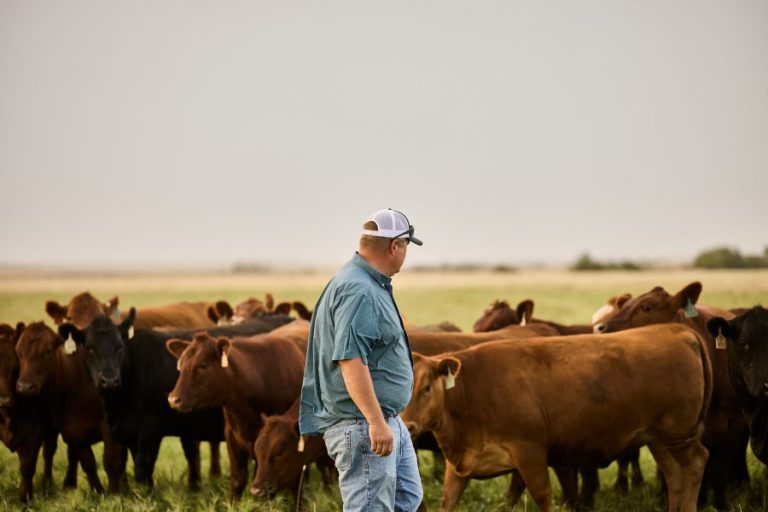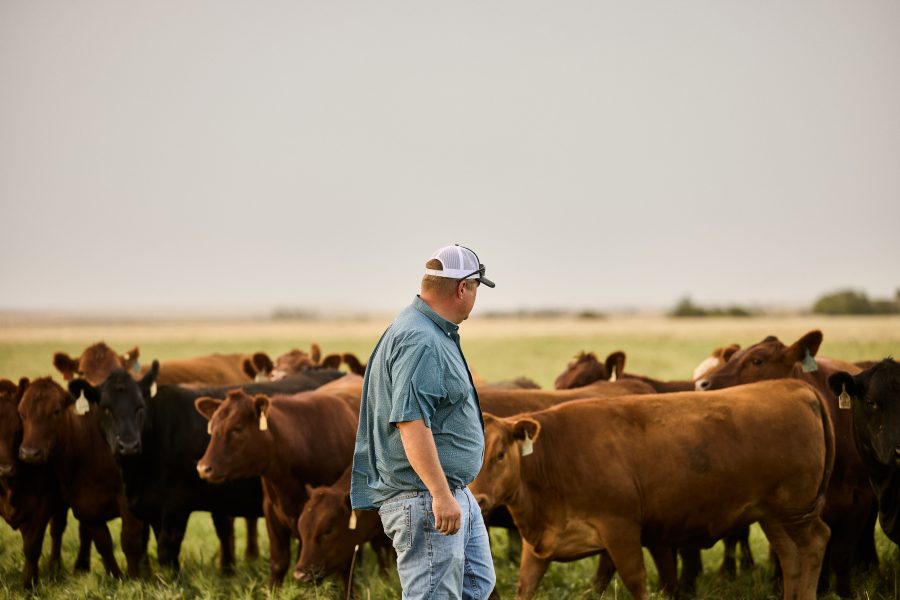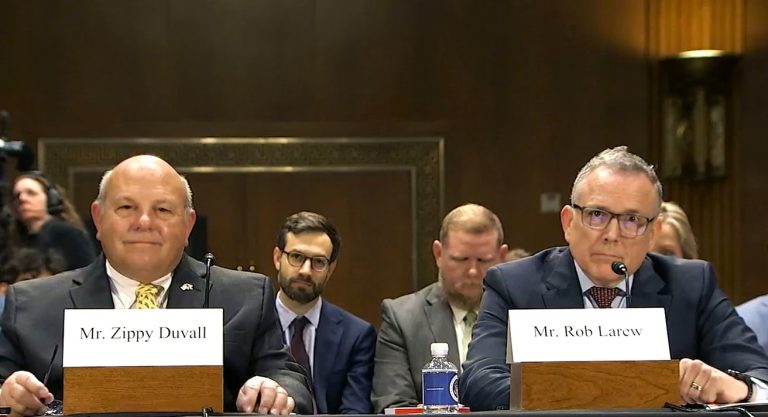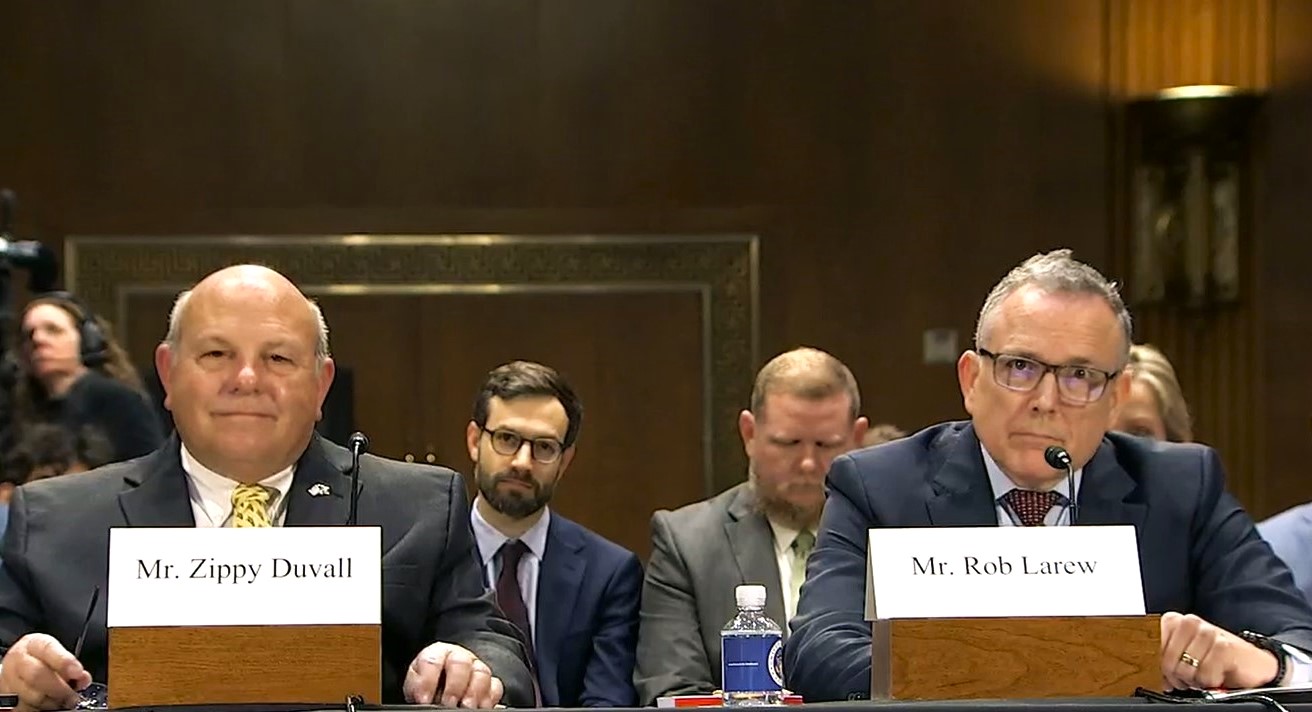WASHINGTON, D.C. – A key bill to incentivize the use of cover crops across the country has been reintroduced. The Conservation Opportunity and Voluntary Environment Resilience (COVER) Program Act, which would provide a $5 per acre discount on crop insurance for farmers who plant cover crops.
The COVER Act would codify a Good Steward Cover Crop program, which will mirror the cover crop pilot program that was available through USDA in 2021 and 2022, and the state programs currently available in Iowa, Illinois, Indiana and Wisconsin. Crop insurance is a risk management tool that provides critical support to farmers across the country, many of whom have reported increased damage and claims from floods, drought, and other natural disasters. Cover crops enhance resilience to these events by reducing erosion and increasing soil organic matter and water infiltration while improving water quality and sequestering carbon. They also provide farmers economic benefits by saving them money on inputs, such as increasingly costly fertilizer and herbicides, and improving their yields over time. Farmers overwhelmingly support policies that give people who plant cover crops reduced crop insurance premiums.
“Cover crops are a win-win-win-win for farmers and ranchers: they save money, increase yields, improve soil, and protect essential water resources,” notes Lara Bryant, Deputy Director of Water and Agriculture at NRDC (Natural Resources Defense Council) and a leading backer of the COVER Act. “There just aren’t many practices that have such massive positive impacts. The COVER Act finally recognizes cover crops are a feasible, long-standing risk management tool for farmers. The value of cover crops has never been in doubt, but they have been underutilized as a practice that can help build resilience and prevent crop loss. This bill finally puts the ag sector and surrounding communities in position to realize all the essential benefits of cover crops.”
According to the Economic Research Service, adopting these risk-managing conservation practices can reduce the cost of the taxpayer-funded crop insurance program—which is expected to grow by as much as 20-30 percent in the next century depending on how quickly practices to adapt to climate change are adopted.













